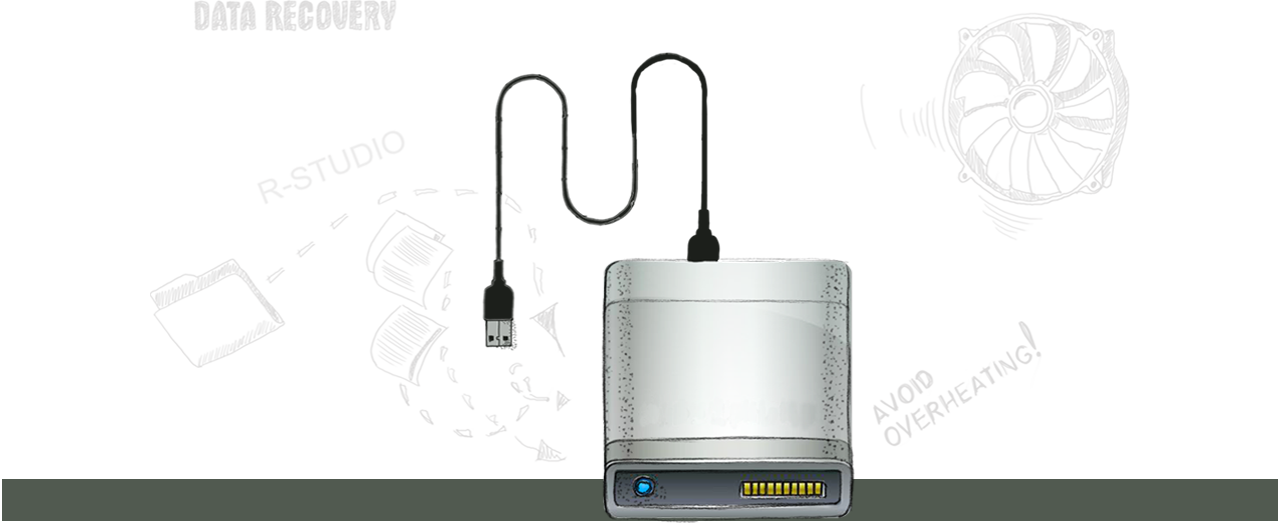
 |
DATA
RECOVERY FROM AN EXTERNAL DRIVE
|
|
All off the shelf computers will come with an internal hard drive, but they are also available to attach externally. Whether it is the ease of portability or the need to expand storage capacity, external hard drives have a number of different uses for varying users. However, being external means that it brings about other issues that could cause your data to corrupt. On top of failures such as mechanical and logical that can occur in internal hard drives, external drives can suffer problems if they are knocked over or carelessly slung. It is also common that external drives can overheat due to poor ventilation on the casing, so be sure yours isn’t sitting in direct sunlight. There are a number of symptoms that can appear if your external hard drive has failed. The first is a clicking noise when the drive is running which often means that the read/write head has become damaged. If your drive is making a buzzing noise then this is a sign that the spindle is seized, often caused from when the drive is knocked over. If the drive is just outright unrecognisable by the BIOS, then it could be anything from faulty firmware to overheating. Your chances for a successful recovery depend on the extent of the damage to the magnetic platters. Problems created by heat are often easier to fix than those caused by impact and mishandling. If your external hard drive has failed and you need to recover your data then the first thing to do is immediately stop using the drive. Your computer may potentially overwrite the space occupied by the data that you need to recover, so it’s best to play it safe and avoid even opening files. If the drive is not physically damaged, the next step is to connect the external hard drive to your computer through your USB port, as you usually would. You should try to recover your data using one of the many programs available, such as R-Studio. Once you’ve selected a program, you should follow their steps and see if it is able to recover anything from your external drive. However, if the drive is making odd noises like scraping, clicking or humming then do not use data recovery software. In this case, for the average user, it’ll be hard to recoup that lost data by yourself and you may have to take your drive to the professionals, depending on the damage. However, you can help alleviate the problem and stop the risk of causing problems by backing up the data. Creating an image of your hard drive will preserve what’s left of your data before the failing parts can cause more damage. You should never assume that your data has gone forever because there are companies out there who specialise in data recovery who have very high success rates. Although it may be costly if the damage is severe, it’ll be worth leaving it to those who know what they’re doing rather than attempting it yourself and running the risk of losing your data altogether. |
Back to the main page |